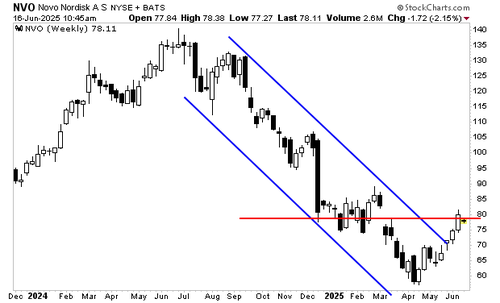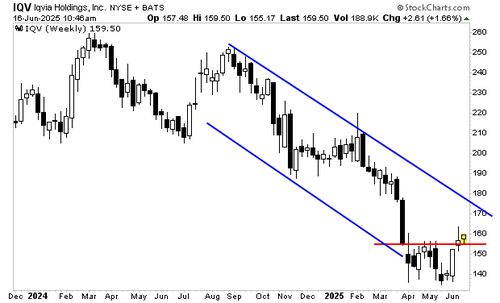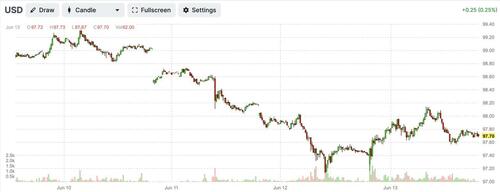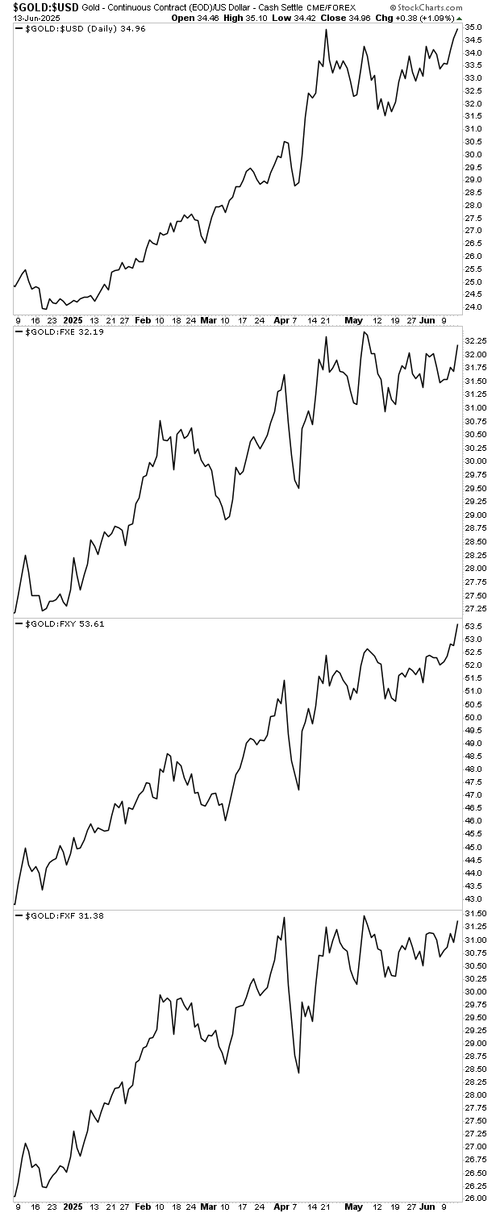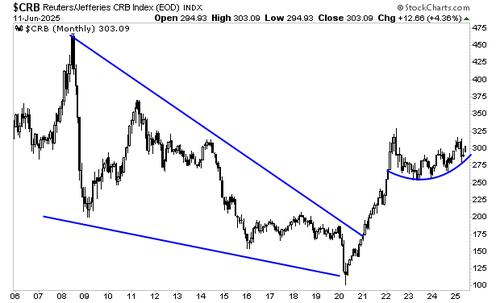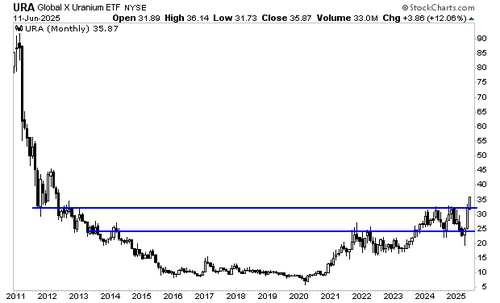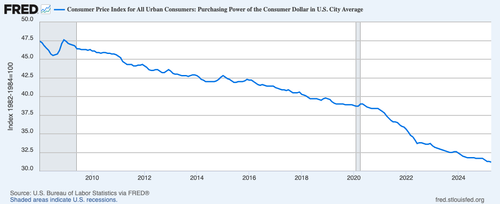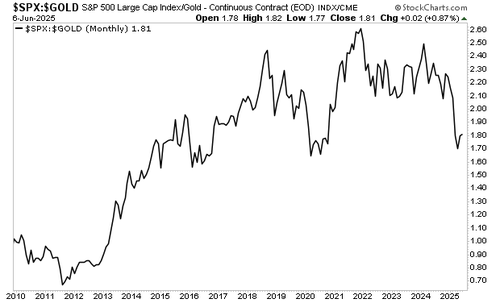By Graham Summers, MBA | Chief Market Strategist
As I keep emphasizing, the labor market is cracking.
Yesterday, ADP released its employment numbers for June. And they were UGLY. According to the data, the economy LOST 33,000 jobs last month. Expectations were for 98,000 jobs to be CREATED.
This is yet another data point signaling that the labor market is MUCH weaker than the Fed has claimed. As I’ve noted previously, because the headline data is usually massaged to overestimate growth for political reasons, you have to look for less popular (and less manipulated) data points to get a clearer picture of what’s really happening in the economy.
Warning: it’s not good.
First and foremost, year-over-year change in total non-farm payrolls indicates job growth is slowing. Growth is now hovering around just 1.19%. This is hardly the stuff of a robust labor market. It’s actually the weakest number in the post-pandemic era!

Moreover, the individuals who lose their jobs are not finding new ones rapidly. Consider the below chart of the number of people unemployed for over 27 weeks. This is obviously not going in the right direction. Indeed, it’s now well above the levels in 2018 at which the Fed commenced its last easing cycle in earnest.

The same is true for job openings. Here again the data has rolled over and is trending down. I would also note that this graph is at the same levels it hit in 2019 when the Fed was cutting rates aggressively… but it’s refusing to do so now!

Finally, and most worrisome, the average weekly hours for all employees has collapsed. The only time it’s been lower in the last two decades was during the pandemic and the Great Financial Crisis!

Add it all up and job growth is slowing… the number of people out of work 27 weeks is rising… and the average hours people are working per week is dropping. These are all serious issues and as the above charts illustrate, they’ve trending down for months.
And now even the ADP number is showing NEGATIVE job growth for the month of June. But investors are buying stocks like nothing is wrong!
There is a LOT of money to be made here with the right investments. Some investments will be erupting higher in the coming months. Others will lose a tremendous amount of value.
With this in mind, investors should ride the current bull market in stocks while keeping one eye on the exits. We are urging our clients to do precisely this with a tool we’ve developed that has accurately predicted every major market collapse in the last 40 years.
We detail it, how it works and what it’s saying about the markets today in How to Predict a Crash. Normally we’d sell this report for $499, but in light of what’s happening with the Fed today, we’re making just 99 copies available to the investing public.
To pick one up…
Graham Summers, MBA
Chief Market Strategist
Phoenix Capital Research


















